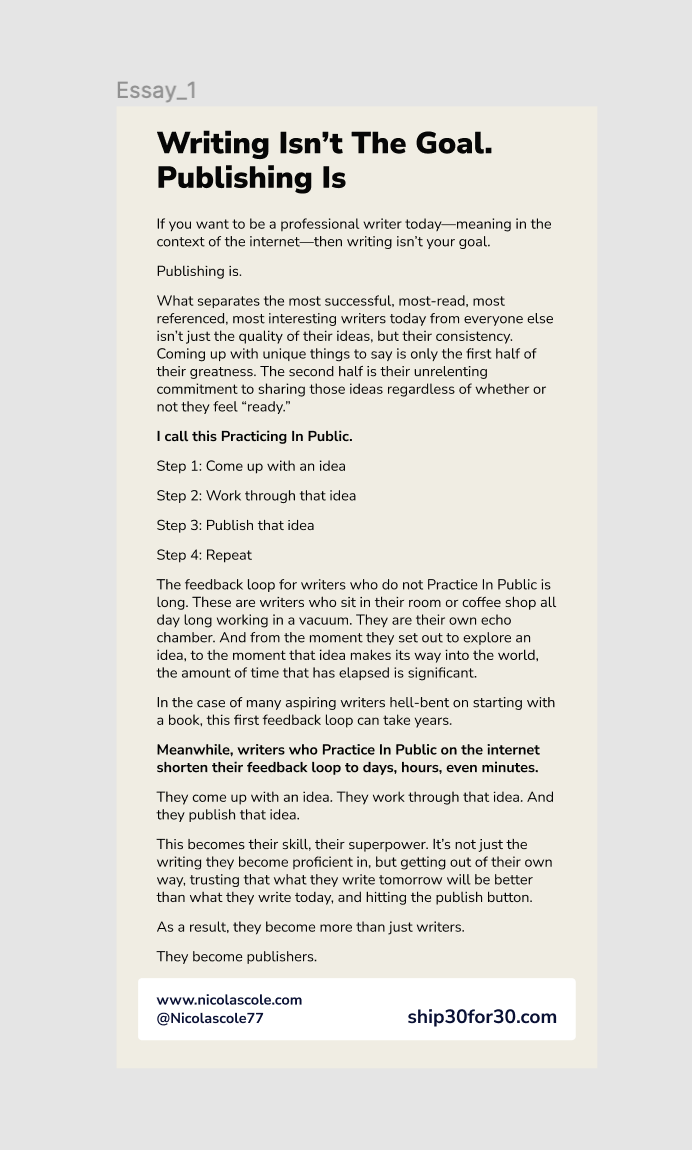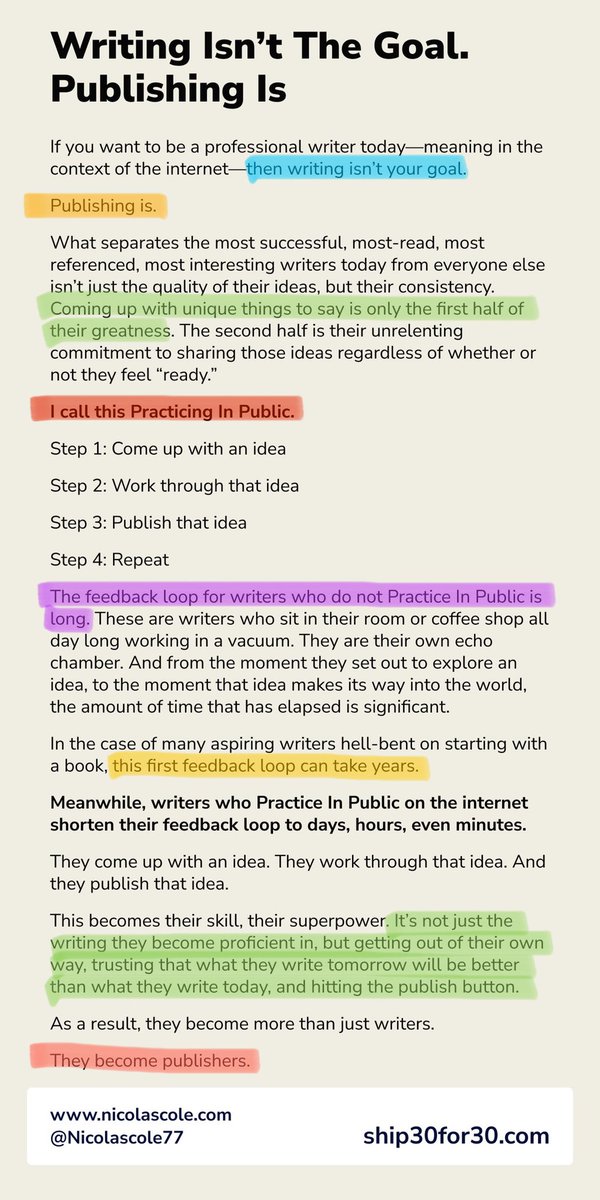We struggle to staff many of those beds fully with 100,000 NHS post unfilled inc 1 in 8 in nursing
A short thread about hospital bed pressures
This may surprise some people outside the healthcare bubble but for a population of c 60 million, England (pre-pandemic) only had just over 100,000 General and Acute Hospital Beds and c 4,300 ICU beds and both running close to full
We struggle to staff many of those beds fully with 100,000 NHS post unfilled inc 1 in 8 in nursing
This takes further beds out of availability
Meanwhile, infection control measures mean hospitals taking beds out of bays to keep beds further apart and care activities can take longer with all the PPE and precautions meaning staff under further time pressure
A hall in an exhibition centre with beds is NOT a hospital. They are not staffed for the volume of patients they could notionally take and only 3 of the 7/8 have taken any in patients (totalling less than 400 between them).
You May Also Like
✨📱 iOS 12.1 📱✨
🗓 Release date: October 30, 2018
📝 New Emojis: 158
https://t.co/bx8XjhiCiB

New in iOS 12.1: 🥰 Smiling Face With 3 Hearts https://t.co/6eajdvueip

New in iOS 12.1: 🥵 Hot Face https://t.co/jhTv1elltB

New in iOS 12.1: 🥶 Cold Face https://t.co/EIjyl6yZrF

New in iOS 12.1: 🥳 Partying Face https://t.co/p8FDNEQ3LJ

🗓 Release date: October 30, 2018
📝 New Emojis: 158
https://t.co/bx8XjhiCiB

New in iOS 12.1: 🥰 Smiling Face With 3 Hearts https://t.co/6eajdvueip

New in iOS 12.1: 🥵 Hot Face https://t.co/jhTv1elltB

New in iOS 12.1: 🥶 Cold Face https://t.co/EIjyl6yZrF

New in iOS 12.1: 🥳 Partying Face https://t.co/p8FDNEQ3LJ


















